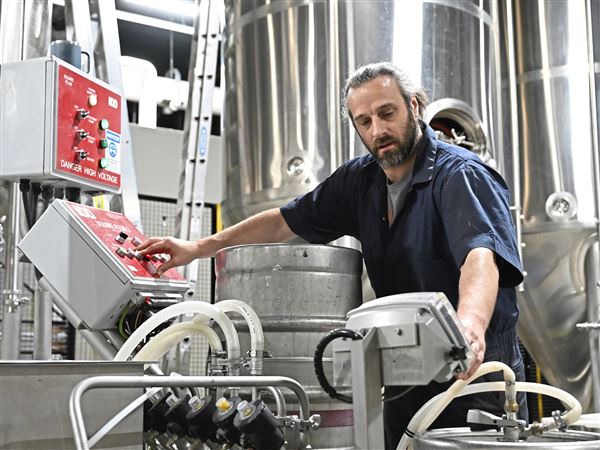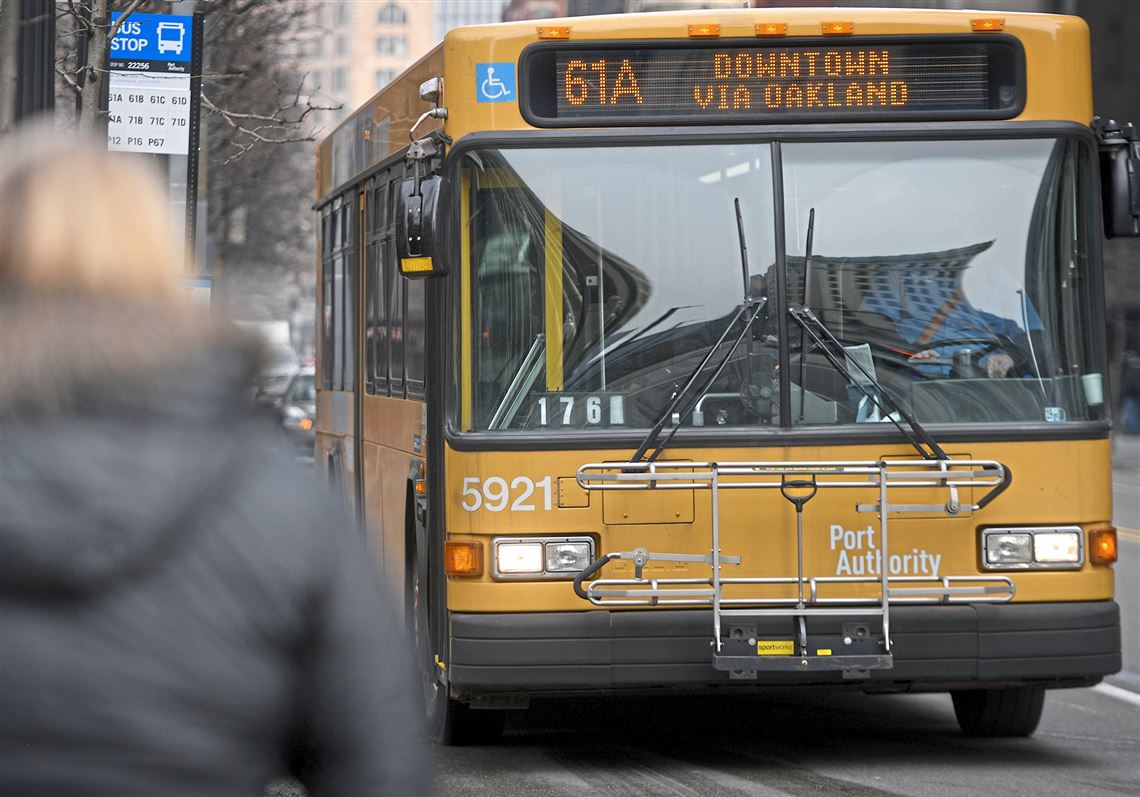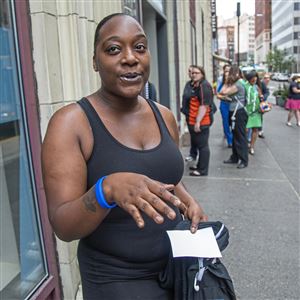Port Authority is working on a plan to establish 24-hour service next year on five or six routes that serve employment and entertainment centers Downtown, in key city neighborhoods and nearby suburbs, CEO Katharine Eagan Kelleman said Wednesday.
Ms. Kelleman announced the local plans after participating in a teleconference about a national study encouraging more public transit for late-shift workers. The study by the American Public Transit Association, called “Supporting Late-Shift Workers: Their Transportation Needs and the Economy,” said those workers need better public transit because of their relatively low pay and the importance of their work to the national economy.
Ms. Kelleman said she has asked authority planners to identify neighborhoods and business districts that need 24-hour service and select or design routes that will serve those areas. The goal would be to provide funding for those routes through the 2020-21 budget process, which has already started, with a goal of beginning them next fall.
“Our No. 1 objective would be to get 24-hour routes re-established to serve workers who need that service,” she said. “It would be five or six routes around the area to connect through Downtown.”
Although no configurations have been set yet, Ms. Kelleman said the service likely would hit popular areas such as the Strip District, Bloomfield, East Liberty, Shadyside, Oakland, South Side, and Downtown. Those are the areas that were served by a special 7 p.m.-2 a.m. route called UV Loop, which operated for a couple of years beginning in 2001.
That service initially was run by a nonprofit and then became a Port Authority service.
The goal is to have the new service established next year so it can have at least 18 months to operate and establish a ridership pattern before the state’s Act 89 transportation funding is up for renewal in 2023. That should insulate the service from any potential cuts if funding isn’t renewed at the same level or higher, Ms. Kelleman said.
The 24-hour service likely will be similar to service the agency operated before state funding shortfalls led to substantial cuts about 15 years ago, Ms. Kelleman said.
Authority spokesman Adam Brandolph said the new service probably wouldn’t be helpful for workers who need late-shift service between Downtown and an outlying area such as Moon because there probably wouldn’t be enough riders to support it. But eastern suburbs such as Monroeville could be part of the service.
One possibility might be combining popular daytime routes such as the 61 series — which follows a common route from Downtown to Oakland before fanning out to McKeesport, North Braddock, Braddock and Homestead — into one shorter overnight route.
Laura Wiens, executive director of Pittsburghers for Public Transit, said she is pleased the authority will expand service for late-shift workers.
“That’s definitely needed,” she said. “Obviously, a lot of people who are dependent on public transportation don’t work regular hours. We need to be able to provide the money that’s needed to provide service when people need it to get to employment.”
During a national teleconference on the study, APTA President and CEO Paul Skoutelas, a former CEO at Port Authority, said the goal of the study is to get the need for late-shift service on the national agenda. Local agencies are aware of the need but often don’t have the resources to address it, he said.
The study said about 17% of the workforce in urban areas start work after 4 p.m. and workers routinely have problems using public transit to get to work or to go home after their shift. They earn a median salary of about $30,000 a year, the study said, about $5,000 lower than the median daytime salary, which makes it too expensive for them to own their own vehicles or routinely use services such as taxis, Uber or Lyft.
“The lack of adequate late-night mobility options is costing both employees and employers,” the study said. “The need to own a car makes late-shift jobs unavailable (or unaffordable) for a segment of the American population.
“Community challenges also hit employers by increasing truancy and turnover, costing the U.S. economy billions of dollars a year. With coordinated action, decision-makers, transit providers and the private sector can come together to improve public transportation for America’s late-shift through new funding, public policy and innovative service models.”
Ed Blazina: eblazina@post-gazette.com, 412-263-1470 or on Twitter @EdBlazina.
First Published: September 4, 2019, 10:21 p.m.

















